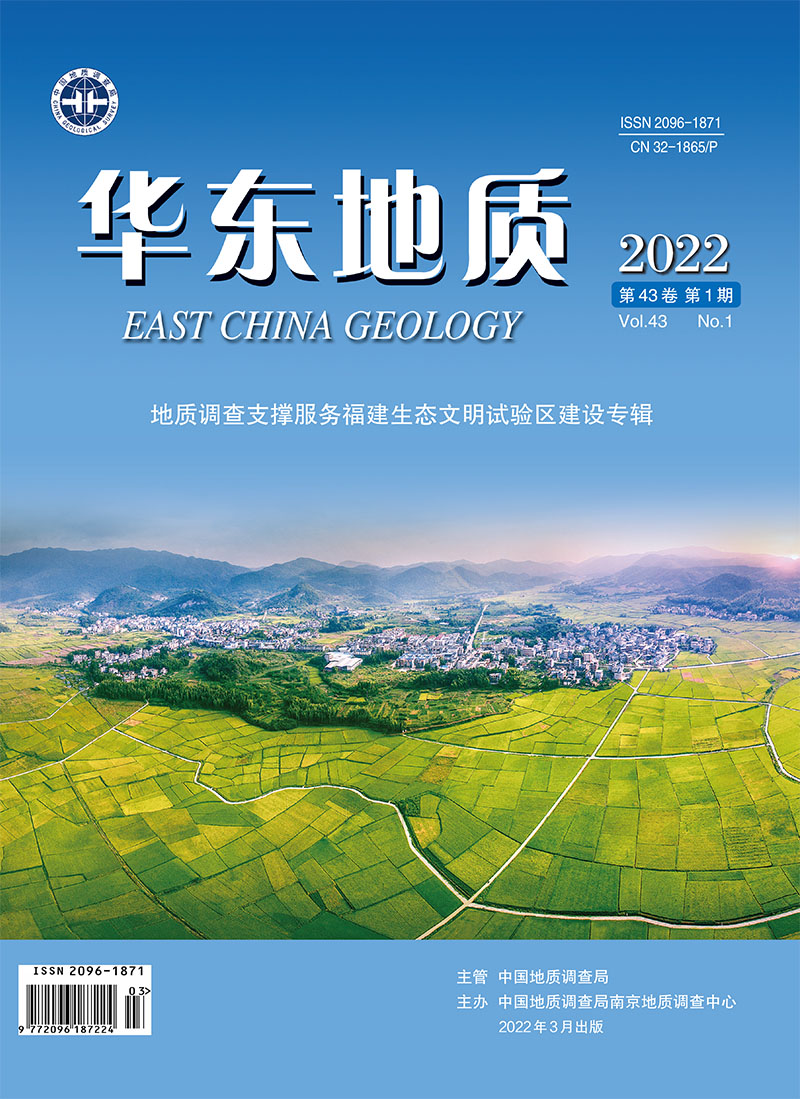|
[1]
|
林彤. 福建省水足迹研究[D]. 福州:福建师范大学, 2015.
Google Scholar
LIN T. Study on the water footprint of Fujian[D]. Fuzhou:Fujian Normal University, 2015.
Google Scholar
|
|
[2]
|
庄明龙, 许茜, 沈盛湘, 等. 厦门市水资源公报(2017年)[R]. 厦门:厦门市水利局, 2018:23-24.
Google Scholar
ZHUANG M L, XU Q, SHEN S X, et al. Xiamen water resources bulletin (2017)[R]. Xiamen:Xiamen Water Conservancy Bureau, 2018:23-24.
Google Scholar
|
|
[3]
|
王吉苹, 吝涛, 薛雄志. 基于系统动力学预测厦门水资源利用和城市化发展[J]. 生态科学, 2016, 35(6):98-108.
Google Scholar
WANG J P, LIN T, XUE X Z. Prediction water utilization and urbanization development of Xiamen City by System Dynamics[J]. Ecological Science, 2016, 35(6):98-108.
Google Scholar
|
|
[4]
|
陈国光, 张晓东, 张洁, 等. 自然资源分类体系探讨[J]. 华东地质, 2020, 41(3):209-214.
Google Scholar
CHEN G G, ZHANG X D, ZHANG J, et al. Discussion on natural resources classification system[J]. East China Geology, 2020, 41(3):209-214.
Google Scholar
|
|
[5]
|
韩春华. 沙颍河流域河流健康评价与水资源优化配置研究[D]. 郑州:郑州大学, 2018.
Google Scholar
HAN C H. Study on river health evaluation and optimal allocation of water resources in Shaying river basin[D]. Zhengzhou:Zhengzhou University, 2018.
Google Scholar
|
|
[6]
|
沈大军, 刘斌, 郭鸣荣, 等. 以供定需的水资源配置研究——以海拉尔流域为例[J]. 水利学报, 2006, 37(11):1398-1402.
Google Scholar
SHEN D J, LIU B, GUO M R, et al. Supply-decided water deplogment:a case study of Hailaer Riverbasin[J]. Journal of Hydralulic Engineering, 2006, 37(11):1398-1402.
Google Scholar
|
|
[7]
|
刘晓霞. 基于地表水和地下水动态转化的水资源优化配置模型研究[D]. 北京:中国水利水电科学研究院, 2007.
Google Scholar
LIU X X. Study on optimal allocation model of water resources based on dynamic transformation of surface water and groundwater[D]. Beijing:China Institute of Water Resource and Hydropower Research, 2007.
Google Scholar
|
|
[8]
|
HAO Q C, SHAO J L, CUI Y L, et al. Optimization of groundwater artificial recharge systems using a genetic algorithm:a case study in Beijing, China[J]. Hydrogeology Journal, 2018, 26(5):1749-1761.
Google Scholar
|
|
[9]
|
SINGH A, PANDA S N. Optimization and Simulation Modelling for Managing the Problems of Water Resources[J]. Water Resources Management, 2013, 27(9):3421-3431.
Google Scholar
|
|
[10]
|
ZHANG K, YAN H, ZENG H, et al. A practical multi-objective optimization sectorization method for water distribution network[J]. Science of The Total Environment, 2018, 656(15):1401-1412.
Google Scholar
|
|
[11]
|
顾世祥, 李远华, 何大明, 等. 以MIKE BASIN实现流域水资源三次供需平衡[J]. 水资源与水工程学报, 2007, 18(1):5-10.
Google Scholar
GU S X, LI Y H, HE D M, et al. Watershed water resources three-allocation based on MIKE BASIN[J]. Journal of Water Resources and Water Engineering, 2007, 18(1):5-10.
Google Scholar
|
|
[12]
|
陈太政, 侯景伟, 陈准. 中国水资源优化配置定量研究进展[J]. 资源科学, 2013, 35(1):132-139.
Google Scholar
CHEN T Z, HOU J W, CHEN Z. Quantitative studies of the optimization allocation of water resources in China-a review[J]. Resources Science, 2013, 35(1):132-139.
Google Scholar
|
|
[13]
|
宋立东, 佟智强, 刘浩, 等. 牡丹江市资源环境承载能力评价[J]. 华东地质, 2021, 42(2):185-192.
Google Scholar
SONG L D, TONG Z Q, LIU H, et al. Evaluation on carrying capacity of resources and environment in Mudanjiang city[J]. East China Geology, 2021, 42(2):185-192.
Google Scholar
|
|
[14]
|
德佳硕, 郭萍, 张成龙, 等. 考虑气象因子的不确定性灌溉水资源优化配置[J]. 排灌机械工程学报, 2019, 37(6):540-544.
Google Scholar
DE J S, GUO P, ZHANG C L, et al. Optimal allocation of irrigation water resources based on meteorological factor under uncertainty[J]. Journal of Drainage and Irrigation Machinery Engineering, 2019, 37(6):540-544.
Google Scholar
|
|
[15]
|
徐桂民. 大沽河流域地表水与地下水联合调度研究[D]. 济南:济南大学, 2013.
Google Scholar
XU G M. Study on conjunctive operation of surface water and ground water in Dagu river basin[D]. Jinan:University of Jinan, 2013.
Google Scholar
|
|
[16]
|
王浩, 游进军. 水资源合理配置研究历程与进展[J]. 水利学报, 2008, 39(10):1168-1175.
Google Scholar
WANG H, YOU J J. Advancements and development course of research on water resource deployment[J]. Journal of Hydralulic Engineering, 2008, 39(10):1168-1175.
Google Scholar
|
|
[17]
|
李国礼, 周锴锷, 张庆, 等. 地表水与地下水联合数值模拟系统在阜阳市水资源优化管理中的应用[J]. 华东地质, 2018, 39(3):234-240.
Google Scholar
LI G L, ZHOU K E, ZHANG Q, et al. The application of a joint numerical simulation system of surface water and groundwater in optimized management of Fuyang water resources[J]. East China Geology, 2018, 39(3):234-240.
Google Scholar
|
|
[18]
|
庄明龙, 许茜, 王飞远, 等. 厦门市水资源公报(2019年)[R]. 厦门:厦门市水利局, 2020:1-2.
Google Scholar
ZHUANG M L, XU Q, WANG F Y, et al. Xiamen water resources bulletin (2019)[R]. Xiamen:Xiamen Water Conservancy Bureau, 2020:1-2.
Google Scholar
|
|
[19]
|
王浩, 秦大庸, 王建华, 等. 区域缺水状态的识别及其多维调控[J]. 资源科学, 2003, 25(6):2-7.
Google Scholar
WANG H, QIN D Y, WANG J H, et al. State indentification and multiple regulation of regional water resources shortage[J]. Resources Science, 2003, 25(6):2-7.
Google Scholar
|
|
[20]
|
YENIAY O. Penalty function methods for constrained optimization with genetic algorithms[J]. Mathematical and Computational Applications, 2005, 10(1):45-56.
Google Scholar
|
|
[21]
|
HILTON A B C, CULVER T B. Groundwater Remediation Design under Uncertainty Using Genetic Algorithms[J]. Journal of Water Resources Planning and Management, 2005, 131(1):25-34.
Google Scholar
|






 DownLoad:
DownLoad: